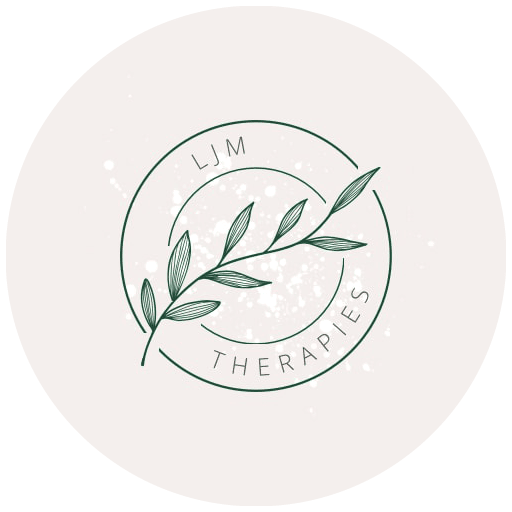What is Dry Needling?

Dry needling is a treatment for muscular pain and stiffness, utilising fine acupuncture needles directly into the muscles.
Although it uses acupuncture needles, it is not a form of acupuncture. It is drawn from western medical research and techniques.
It began with research into the injection of various substances - corticosteroids, analgesics, etc - directly into trigger points in the muscles in the early 1940s, with the aim of reducing pain. Anyone who has experienced a sports massage will know something about trigger points - they are the very painful areas of tension within the muscle which, when subjected to pressure, can release tension and pain from the whole muscle. The wider use of dry needling started after a study in 1979 where it was found that the needling effect is distinct from the effect of the injected substance - in essence, pain relief is gained merely from the introduction of the needle, no drug needed!
Since then, numerous medical studies have found no difference between injections of different substances and dry needling in the treatment of musculoskeletal pain. In fact, findings have identified that it is not uncommon to have a decrease in muscular pain by 50% or more in one or two sessions. Results showed a significant decrease in pain immediately after needling, and the results last longer term.
A study into chronic low back pain showed significant short and long term effects - of 29 study subjects suffering disabling low back pain, at the final follow up 18 had returned to their original jobs and 10 had returned to lighter employment. In a control group, only 4 had returned to their original jobs, 14 to lighter employment and 9 were still disabled (Dry Needling of Muscle Motor Points for Chronic Low-Back Pain: A Randomized Clinical Trial with Long-term Follow-up. GUNN, C C MA, BChir; MILBRANDT, W E MD; LITTLE, A S MD; MASON, K E BSc, MSc).
The actual experience of dry needling will differ slightly person to person, as your therapist will create a treatment plan tailored to your specific and unique needs. However, following assessment and palpation, it will involve the placement of very fine acupuncture needles into the muscle. This is usually painless, although in some areas (especially hands and feet) there can be a brief, sharp sensation as the needle enters the skin. Following this, the needles remain in the skin for a short period, while the therapist applies stimulation - this can cause a ‘twitch’ response in the muscle, which is an involuntary spasm of the muscle - again, not usually painful, and a good sign that a tight muscle is relaxing. After this, the needles are removed. I like to add in some massage at this point.
I know from my own experience that following dry needling, the muscle feels immediately softer and more relaxed. Clients often describe the area as feeling ‘looser’, and everyone notices the reduction in pain!
Dry needling is also oddly relaxing - it’s not unusual to feel extremely relaxed following a session.
In conclusion, dry needling is a drug-free, minimally invasive method of relieving muscle pain and stiffness that has been shown to be more effective than many prescription painkillers, and to have lasting results. I know I have seen some wonderful results for clients, especially for long term chronic pain, and for conditions that can be tricky to treat such as frozen shoulder. It’s also great for anyone who has complex or chronic pain, but who doesn’t tolerate deep-tissue or sports massage very well. Dry needling is much less painful than a sports massage!
Contact Me
How Can I Help?
Please complete the form below to get in touch with me.
